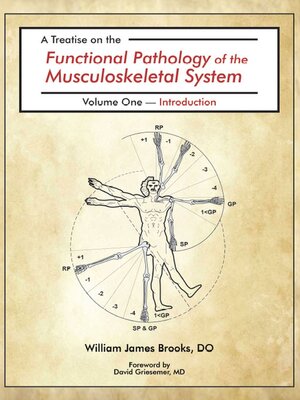A Treatise on the Functional Pathology of the Musculoskeletal System, Volume 1
ebook ∣ Introduction · Functional Pathology of the Musculoskeletal System
By William James Brooks

Sign up to save your library
With an OverDrive account, you can save your favorite libraries for at-a-glance information about availability. Find out more about OverDrive accounts.
Find this title in Libby, the library reading app by OverDrive.



Search for a digital library with this title
Title found at these libraries:
| Library Name | Distance |
|---|---|
| Loading... |
In this Treatise on the Functional Pathology of the Musculoskeletal System (FPMSS), Dr Brooks presents a new paradigm for understanding the musculoskeletal system and a scientifically valid—reliable, semiquantifiable, and consistently interpretable—method for examining dysfunction thereof. This first volume presents the fundamentals of the paradigm and is designed for use by a primary care audience. While the paradigm is applicable to the wide variety of clinical conditions potentially amenable to manual medicine and related rehabilitative techniques, this first volume takes chronic, nonspecific musculoskeletal pain syndromes as its focus for application.
The FPMSS paradigm complements orthopedic, rheumatologic, and neurologic understandings of the musculoskeletal system and contrasts with current models of manual medicine in several important respects:
Use of the FPMSS paradigm examination will reduce the incidence of false negative and false positive findings for MSS dysfunction—thus improving the effectiveness, safety, and efficiency of caring for those suffering from chronic musculoskeletal pain.







